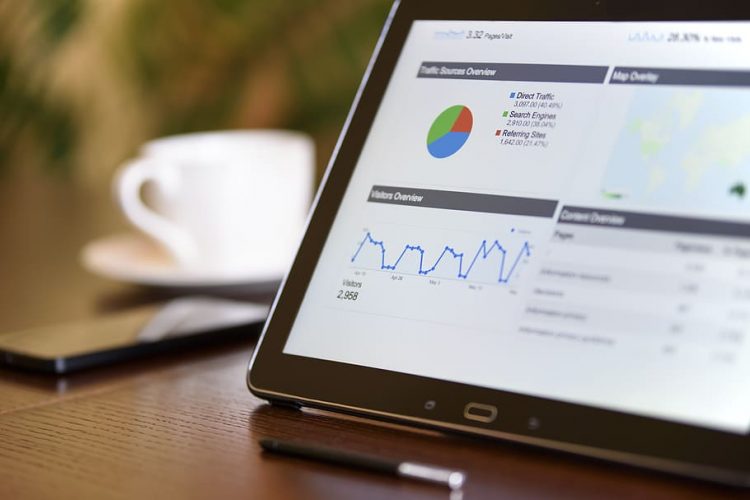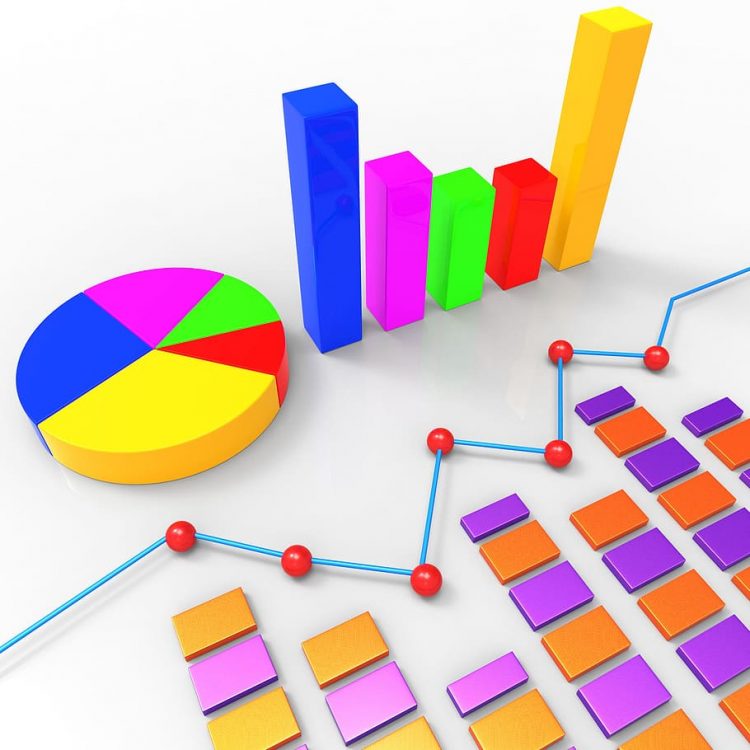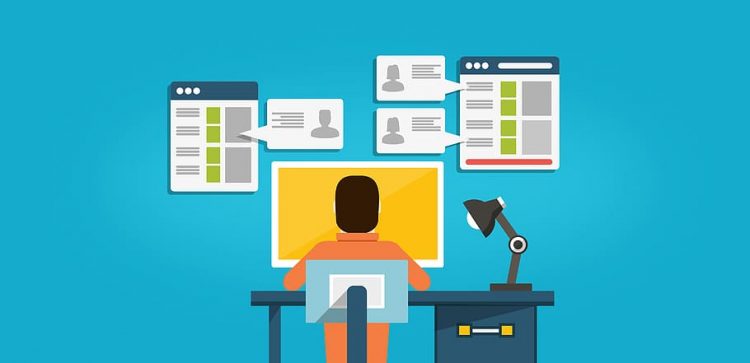Every time we hit the search button, post a photo, or turn our GPS on, we produce values and variables that are recorded into our devices. Even the smart appliances around our home are continually sharing and storing large amounts of data. As our world continues to digitize, individuals and companies alike are producing and storing data more than anyone has in the past. As a result, businesses need equipment capable of processing information with more speed and efficiency.
Big data and data science have taken up an important role in business strategy. According to Forbes, around 95% of businesses don’t have the tools and expertise to clean and organize big data. As the role of data becomes bigger, it cannot be helped that companies like QuantHub incorporate data science skills testing in their hiring process.

source:pxfuel.com
If you have decided to transition into a data science career or have only started your journey, there are some skills and qualities required of you, regardless of the position. Let’s take a look at some of the skills you need to have. While some of the skills require an educational background, a lot of these can be honed with constant practice.
Page Contents
Data Cleaning and Analysis

source:pxfuel.com
As a data analyst, you need to use different software, systems, and languages to process the raw data given to you. Cleaning and preparing data will typically take 80% of your time, making it the most crucial skill you need to learn. As an analyst, you will need to research and retrieve data from different sources and make sure that it is ready for analysis. This includes dealing with inconsistencies and errors that you might run across. In line with this, there are some tools that you need to be familiar with:
- Microsoft Excel: While you may be familiar with Excel’s deceptive spreadsheets, this is one of the tools you need to become familiar with. Still a mainstay in most businesses, you can do quick analytics with Excel.
- Structured Query Language: SQL is considered the industry standard for database language as it can process massive datasets that Excel is not able to.
- R and Python: Both being programming languages and open-source software environments, they can do analytics faster and better than Excel can. Generally used for more massive data sets, these are also industry standards that any analyst must learn. We recommend learning Python first as it uses a beginner-friendly script.
Putting these tools to use, you can now take business questions and turn them into data questions. You must know how to explore the data for trends and correlations that will help you construct an answer to that question. Sometimes, it might not start with a question but a discovery. While cleaning data, you may find specific patterns that are essential to business growth and expansion. Having the eye for these will be valuable to the company in the long run.
Statistics and Visualisations

source:pxfuel.com
Having previously discussed R and Python, businesses also value those who have a strong foundation in statistics. While these tools have the high processing power, you will need your technical knowhow to maximize their potential. Knowing probability will help you avoid fallacies and errors and ensure that you draw valid conclusions. While your level of statistical expertise may depend on your future role and the data you’ll be working with, it is an excellent advantage if you have your basics down pat. This way, you can be trained for its higher concepts.
As you will be dealing with more complex findings in larger volumes, knowing how to visualize data properly will make you a great asset to the company. There will be times when your future boss or stakeholder might not have time to read through a report filled with words.
These papers must come hand-in-hand with maps, graphs, and charts that efficiently summarise your insights. This also involves choosing the best visual aid for your data (like using line charts to show growth and heatmaps for trends). While knowing advanced design principles is a plus, learn some basics to translate your findings into visually compelling reports. This way, your audience will have an easier time digesting large concepts and figures.
Communication Skills and Reporting

source:pxfuel.com
Businesses today are looking for analysts who can communicate not only through numbers and graphs but also through words. As a data analyst, you will be sharing the information you gathered to colleagues, stakeholders, and even data suppliers. Working on your verbal and written skills will significantly help your company make critical decisions. While presenting in front of a broad audience can bring stage fright, polishing this skill will save your skin when having bouts of anxiety attacks.
Learn how to project your voice, maintain eye contact, and prepare your notes ahead of time. The sound of your voice and the way you stand will give your audience the subconscious idea that you are both confident and composed. During these times, your charisma will be just as important as your programming expertise.
Problem Solving and Acumen

source:pxfuel.com
Dealing with bugs and errors is part and parcel of being a data analyst. Sometimes, the raw data you receive will be incomplete, or the quality of the report requested is not within the tools that you have. Critical thinking will help you research or program your way out of the problems you encounter. Perhaps you will need to research the coding language you’re using or create a solution that works within the resources you have.
Knowing your business’ strategies and goals will also help you create more impactful and tailor-fit reports. Because of this, it is necessary to understand and appreciate the inner workings industry your company is in, the business model you follow, and the year-to-year goals your company wants to meet. Learning these things will not only help you improve your company’s existing data but also anticipate any potential roadblocks.
Client Management

source:pxfuel.com
While your role may not be client-facing all the time, your stakeholders count on the conclusions you draw from their data. Talk to them, research on their background, and work with them to achieve the goals they want to see.
Build a relationship with them by understanding their needs and opening up your communication lines. This also means knowing how to negotiate timelines, manage expectations, and walk them through your processes. With your efforts, they will feel that you care about their business as much as they do.





